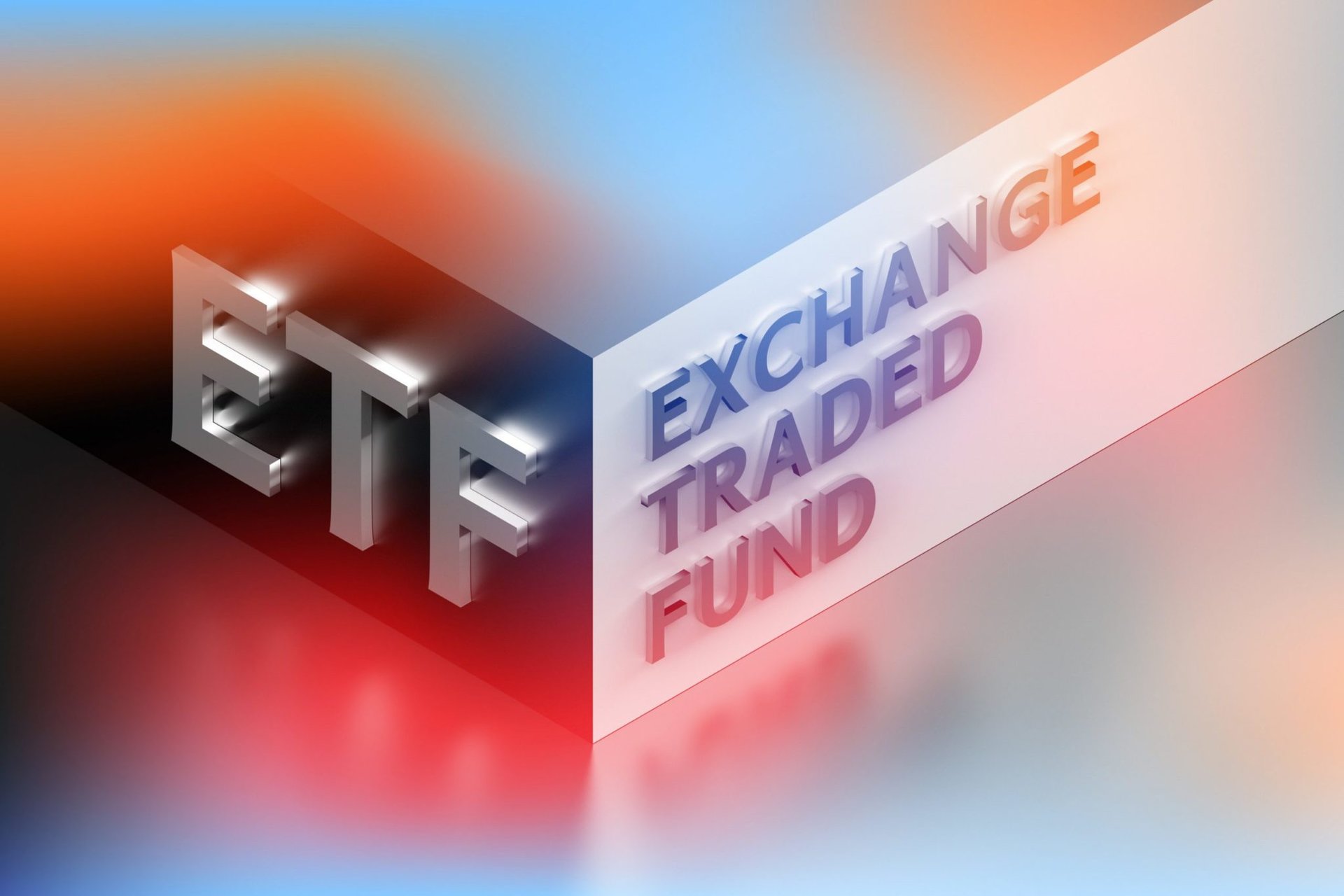
What Are ETFs? Pros and Cons of Investing in Index Funds
4 min read
Introduction
ETFs (Exchange-Traded Funds) are one of the most practical and accessible ways to invest in the financial markets. These funds are designed to track the performance of a benchmark index, such as the Ibovespa, S&P 500, Nasdaq 100, and others.
In recent years, ETFs have gained popularity among investors due to their diversification, low cost, and ease of trading. But is this type of investment the right choice for you?
In this article, you’ll learn:
✅ What ETFs are and how they work
✅ The main advantages and disadvantages of investing in ETFs
✅ How to choose the best ETF for your portfolio
✅ The differences between fixed income and equity ETFs
✅ Tips for investing in ETFs safely
Let’s dive in! 🚀
✅ What Are ETFs?
ETFs (Exchange-Traded Funds) are investment funds traded on the stock exchange. They work similarly to traditional index funds but with the added benefit of being bought and sold like stocks through your broker's trading platform.
The goal of an ETF is to replicate the performance of a benchmark index by investing in the assets that make up that index, in the same proportion.
🔹 Examples of ETFs in Brazil and Abroad
📌 Brazil:
BOVA11 – Tracks the Ibovespa, the main index of the B3
SMAL11 – Tracks the Small Cap Index, made up of smaller companies
IVVB11 – Tracks the S&P 500, the leading U.S. stock index
📌 International:
SPY – The most popular ETF in the U.S., tracking the S&P 500
QQQ – Tracks the Nasdaq 100, focused on tech companies
VTI – Represents the entire U.S. stock market
Now that you understand what an ETF is, let’s explore how it works in practice.
✅ How Do ETFs Work?
An ETF operates like an investment fund, but its shares are traded directly on the stock exchange. Here's how it works step-by-step:
1️⃣ The ETF manager builds a portfolio that mirrors a specific index, such as the S&P 500 or the Ibovespa.
2️⃣ Investors buy shares of the ETF, which represent small fractions of this portfolio.
3️⃣ The ETF price fluctuates based on the performance of the underlying assets.
4️⃣ Buying and selling are done via your broker's platform, just like with any stock.
💡 Important: Unlike actively managed funds, ETFs don’t aim to beat the market. They simply follow the index, which lowers costs and creates a passive investment strategy.
✅ Advantages of ETFs
ETFs offer several benefits, making them attractive to investors of all levels. Let’s break down the main advantages:
🟢 1. Built-In Diversification
When you buy a single ETF, you're instantly investing in a wide variety of assets, which reduces the risk of any single stock or bond underperforming.
💰 Example: If you invest in BOVA11, you're automatically gaining exposure to major Brazilian companies like Petrobras, Vale, Itaú, and Ambev.
🟢 2. Easy to Invest In
ETFs are traded on the stock exchange just like regular stocks. All you need to do is log into your brokerage account and enter the ETF's ticker symbol.
🚀 No need to pick individual stocks—ETFs simplify the process for beginners.
🟢 3. Low Fees and Costs
Since ETFs are passively managed, they typically have lower management fees than traditional mutual funds.
💰 Example: While mutual funds might charge 2%–3% annually, ETF fees often range between 0.2% and 0.6%.
🟢 4. Transparency and Liquidity
ETFs follow well-known indexes, so you always know which assets are in the portfolio. And because they’re traded on exchanges, ETFs offer daily liquidity for buying and selling.
🟢 5. Global Investment Opportunities
With international ETFs, you can invest in markets like the U.S., Europe, and Asia without opening a foreign brokerage account.
📌 Example: IVVB11 tracks the S&P 500, giving Brazilian investors exposure to the top 500 U.S. companies in just one click.
✅ Disadvantages of ETFs
Despite their advantages, ETFs also come with some limitations you should consider:
🔴 1. No Active Management
Since ETFs simply track an index, they don’t try to outperform the market. This may be a downside for investors seeking above-average returns.
🔴 2. Brokerage Fees
While ETF management fees are low, some brokers still charge transaction fees when you buy or sell ETF shares, which can increase your total investment cost.
🔴 3. Lower Returns Than Individual Stocks
If a specific stock in the index performs extremely well, the ETF won’t capture all of that growth, as its returns are spread across many holdings.
💡 Example: Buying Tesla stock in 2020 would have yielded more profit than investing in a Nasdaq ETF that includes Tesla.
✅ How to Choose the Best ETF to Invest In
Follow these steps to select the right ETF for your goals:
1️⃣ Define your objective: Do you want to invest in Brazil or abroad? Are you looking for equities, fixed income, or dividend-paying ETFs?
2️⃣ Analyze the ETF’s portfolio: Check the underlying assets and whether they align with your strategy.
3️⃣ Compare management fees: Lower fees mean higher net returns.
4️⃣ Check liquidity: Choose ETFs with high trading volume for smoother transactions.
5️⃣ Review performance history: Analyze past performance to understand how the ETF behaves in different market conditions.
✅ Conclusion: Is It Worth Investing in ETFs?
ETFs are a great option for those seeking diversification, low costs, and simplicity when investing in the stock market. They’re ideal for both beginners and experienced investors looking for exposure to different markets without selecting individual stocks.
However, remember that ETFs mirror market performance and don’t offer the same potential for outsized returns as carefully selected individual stocks.
If you value convenience, safety, and efficiency, ETFs can be an excellent addition to your investment portfolio.



